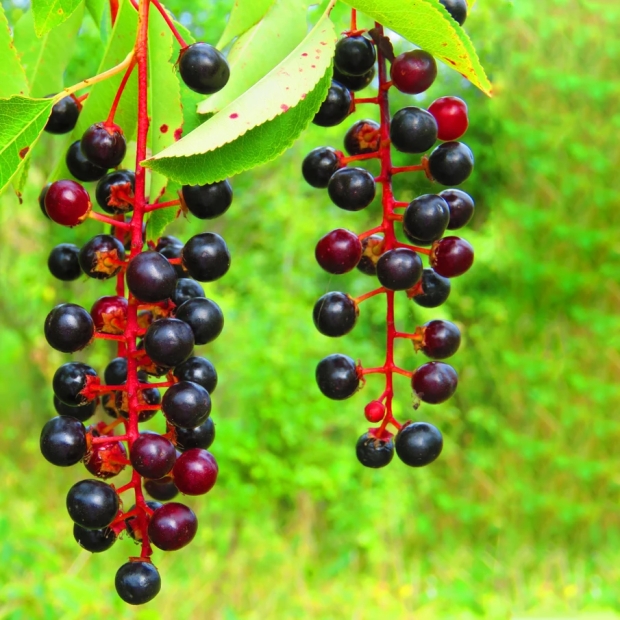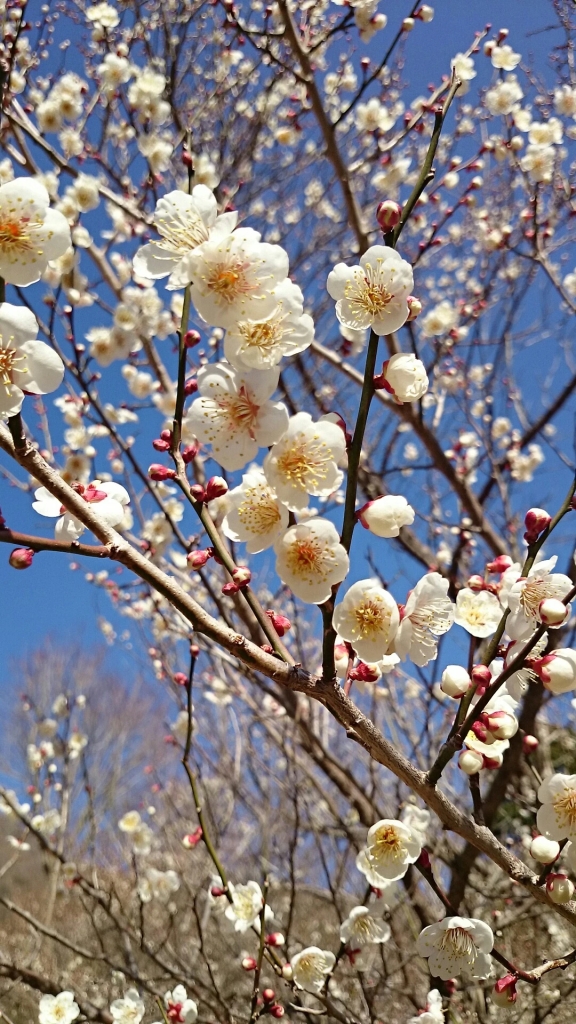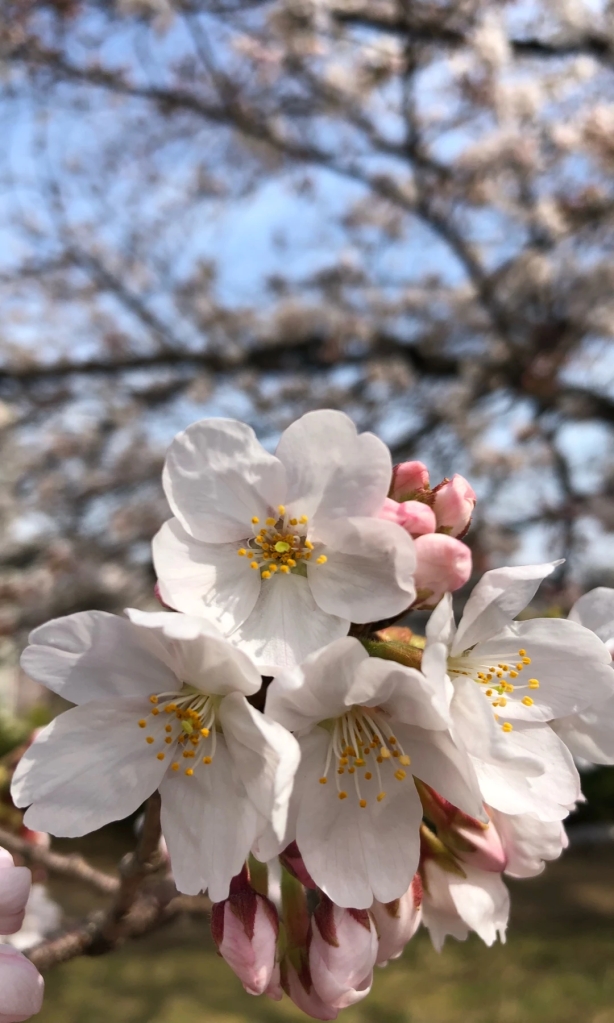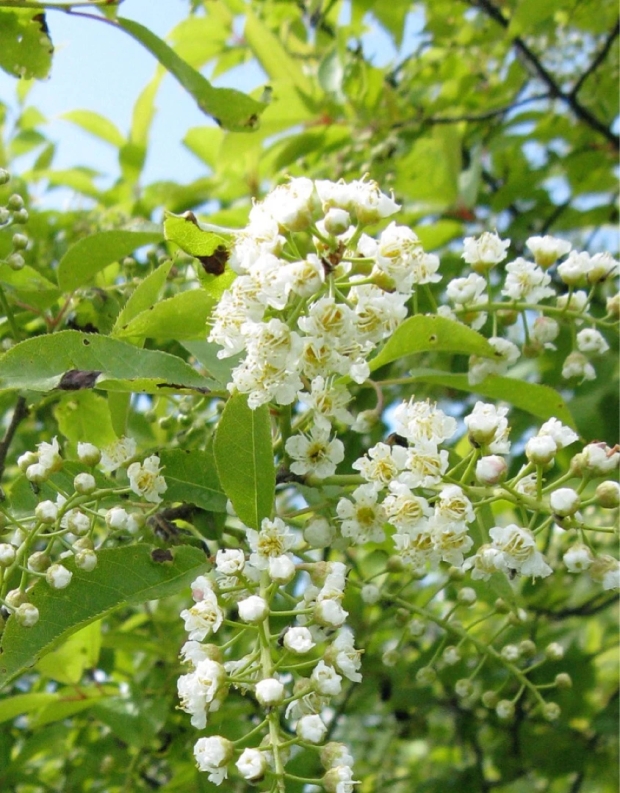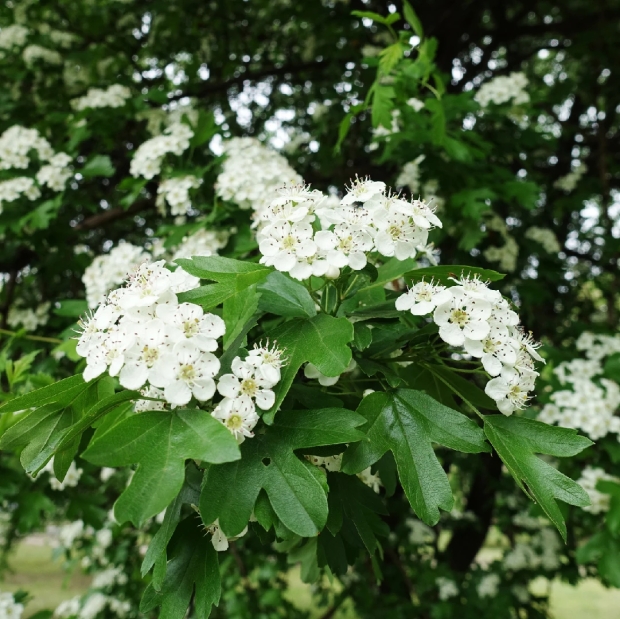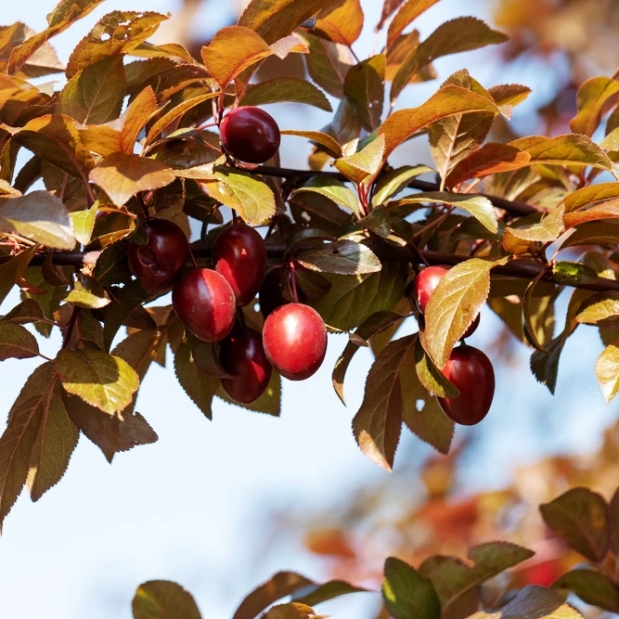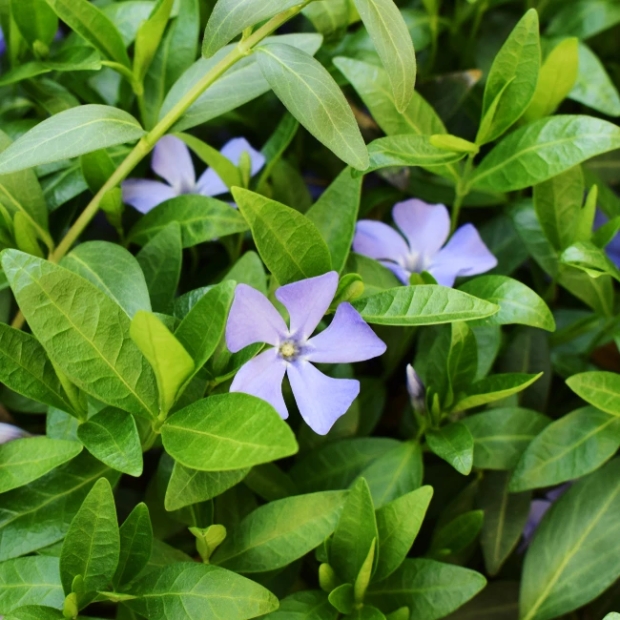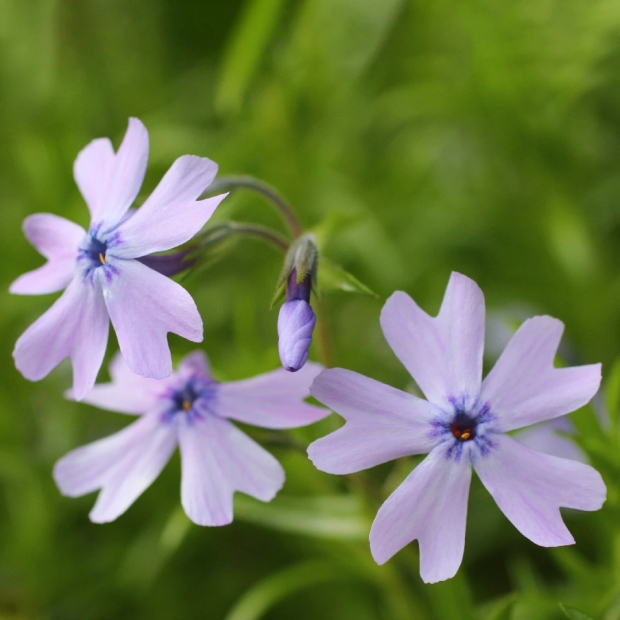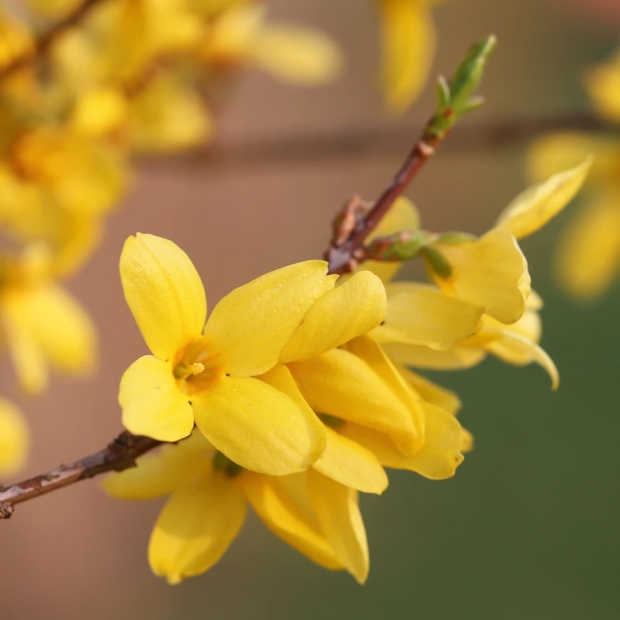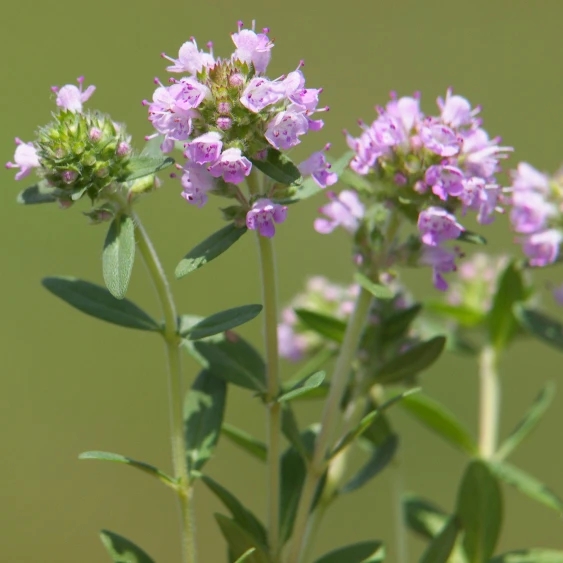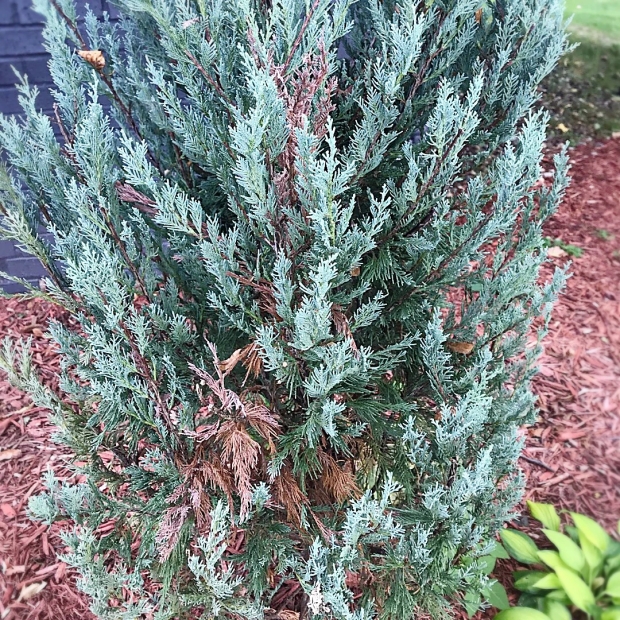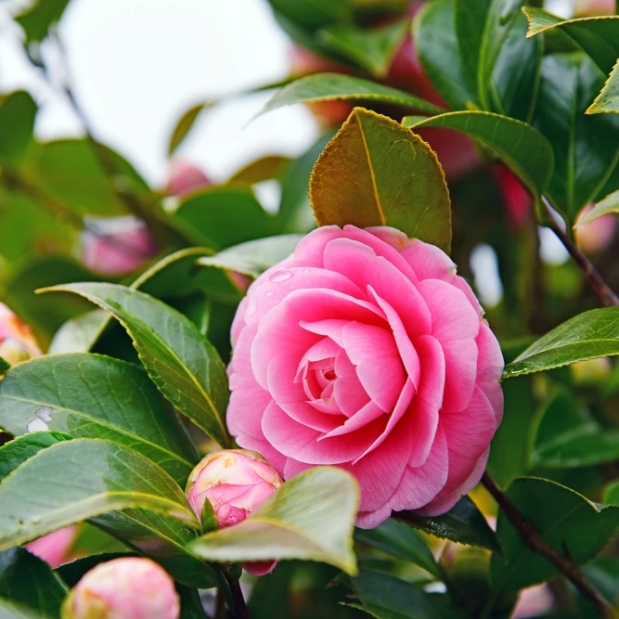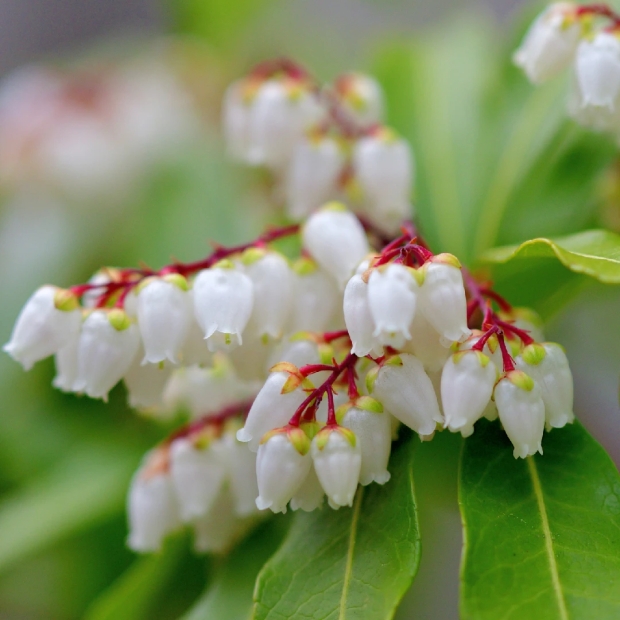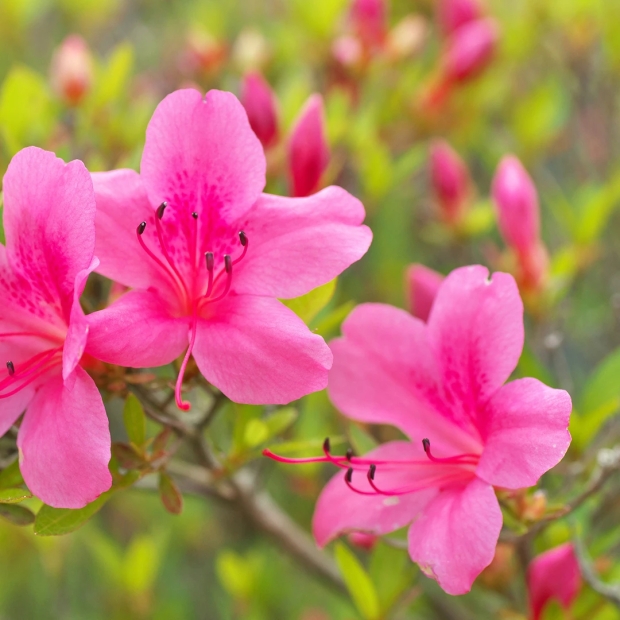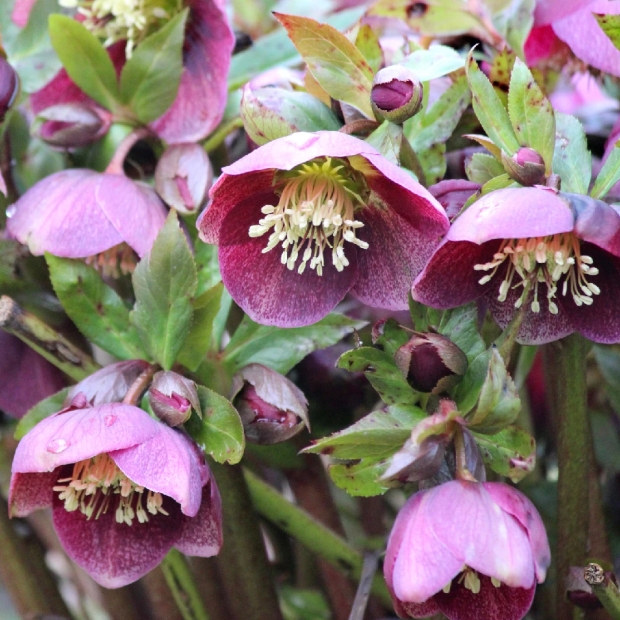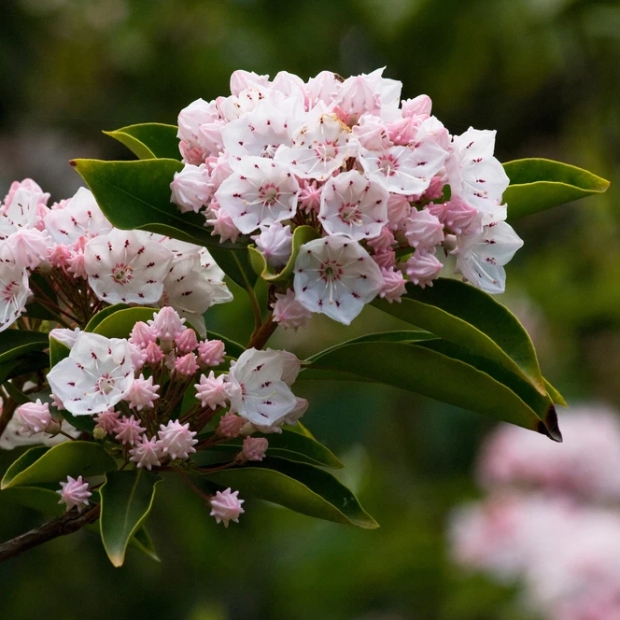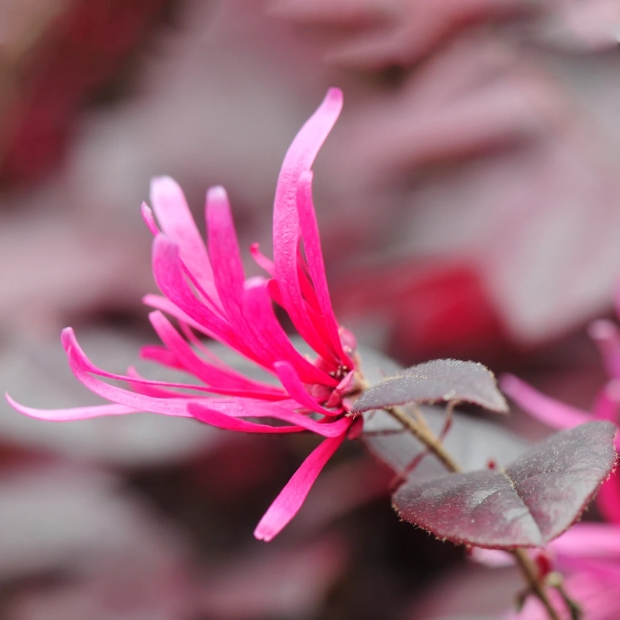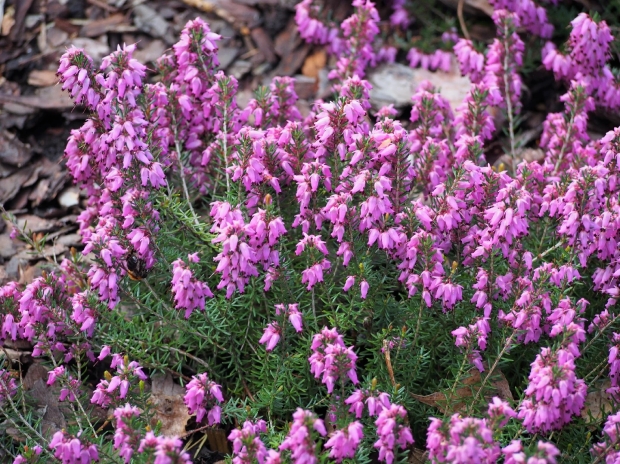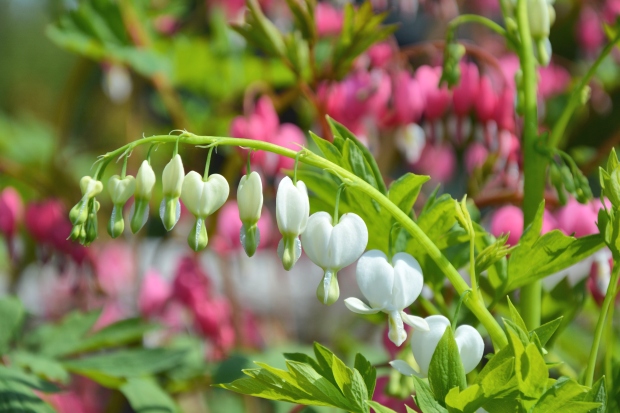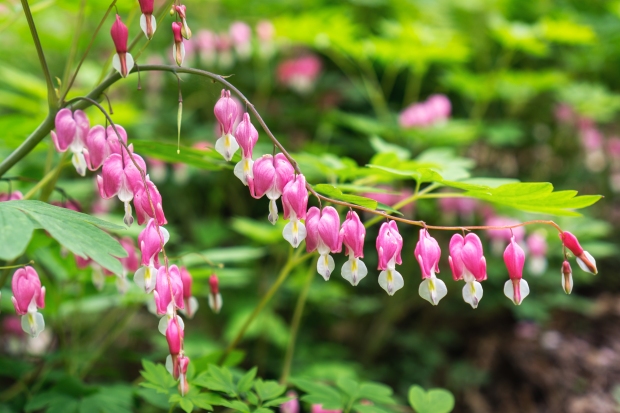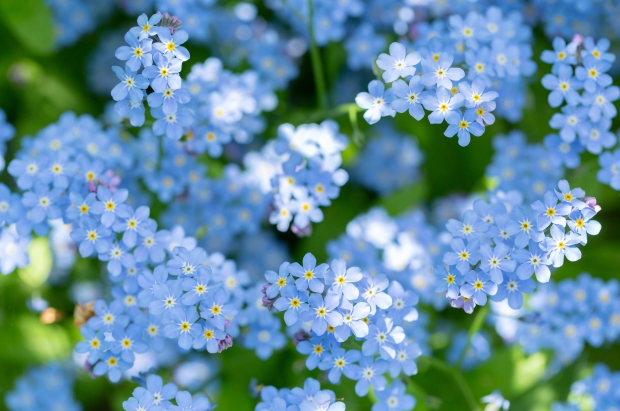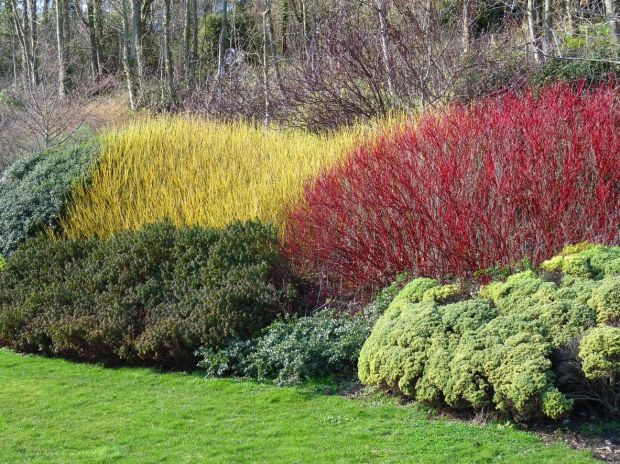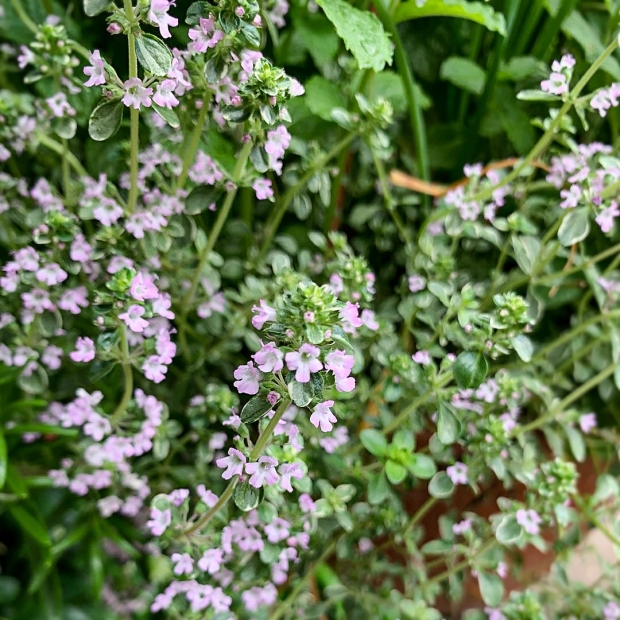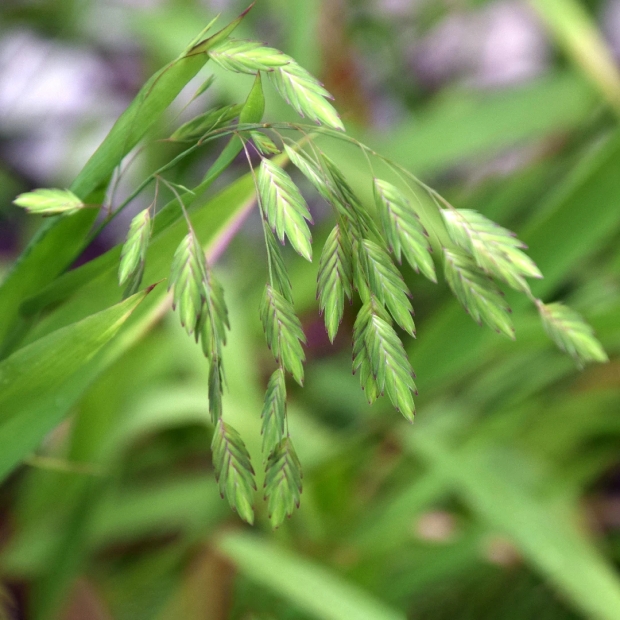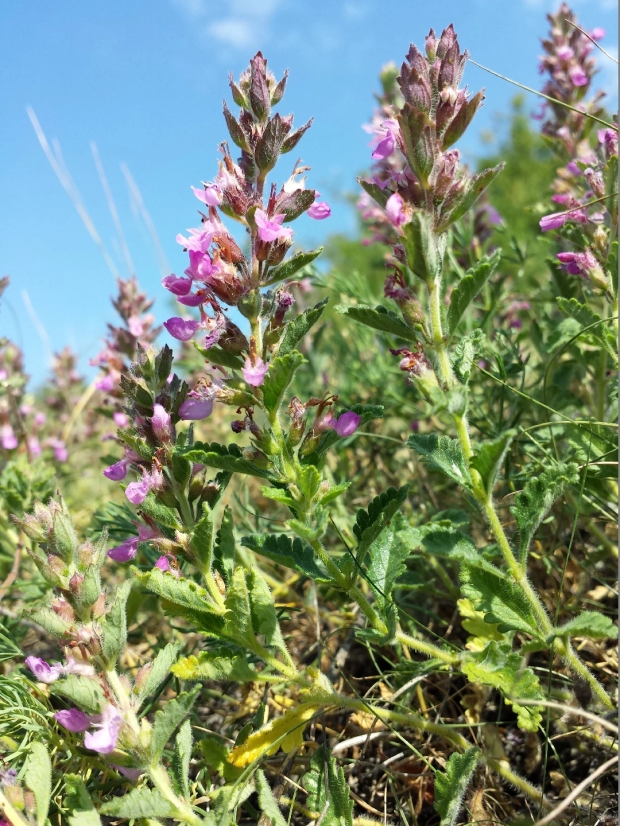15 Essential Spring Gardening Jobs: A Checklist
Once the snow melts and temperatures begin to warm, it’s the perfect time to get outside and start prepping your garden for the upcoming season by completing these key spring tasks.
After being cooped up through the winter, many people are jumping at the chance to get outside and start working in the yard and garden as soon as the temperature makes it pleasant. It may be too early yet to start planting the whole garden, but there are plenty of essential jobs to tackle in the meantime.
The following 15 tasks don’t take a lot of time individually, so you can spread them out over a few weekends while you wait for the first planting day. They will get your garden in the best shape possible for the upcoming season.
1. Check for winter damage
Walk around your garden, scouting the area for any damage that occurred during winter. Look closely at retaining walls and other hardscaping structures, checking for cracks due to the ground freezing and thawing. Repair any damage before it can worsen.
2. Do a thorough cleanup
Pick up any limbs and branches that fell during the winter, and clean out any debris left in the garden from last season. Make sure to rake leaves out of the corners of flower beds and away from the soil above your perennial plants.

3. Turn on the sprinkler system
Plants may not need any extra water yet, but this is the perfect time to turn your sprinklers back on and get them ready. Check supply lines for leaks or cracks, clean out drippers or emitters filled with soil, and adjust the spray pattern of pop-up heads.

4. Test the soil
Every year before planting, you should check the pH of the soil. Use a home kit to run a quick pH test or send a soil sample to a professional lab for a small fee. Every couple of years, you should have a thorough soil test analysis to check nutrient levels.
5. Amend garden beds
Topdress the garden soil with two to three inches of finished compost or well-aged manure, working the top six to eight inches of the ground to improve the organic matter content. Add a slow-release fertilizer to the soil per the soil test recommendations.

6. Clean and sterilize containers
Pull flower pots out of winter storage and scrub them with a brush and soapy water to remove residual soil. As an extra safeguard against any possible diseases from the previous season, soak them in a 10% bleach solution for 15 minutes and allow them to air-dry.
7. Build new beds
Before you get busy with weekly lawn mowing and other chores like weeding the garden, build any new beds (garden or raised) that you’ve wished for so they’re ready to plant once the temperature is suitable.
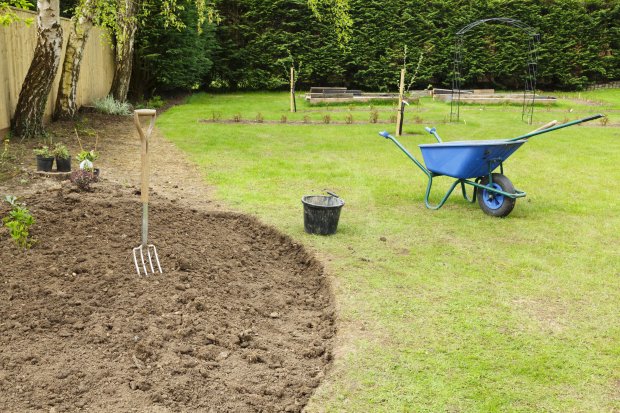
8. Prune shrubs and trees
Start by pruning out anything damaged or broken due to cold temperatures, snow, and ice. Prune flowering shrubs that bloom on new growth (roses, butterfly bushes, and hydrangeas) and evergreen shrubs before they start growing for the season.

9. Divide perennials
As your perennials start to emerge from the ground, this is the perfect time to divide them if the clumps are getting too large. Dig a hole wider than the plant and gently lift it out of the ground with a shovel. Divide into smaller clusters, and replant.
10. Put out trellises and plant supports
Pull out trellises and all plant stakes from winter storage and clean them using water and a scrub brush. Touch up paint or stain if needed, and then secure them in place before the plants grow too tall and get unruly.
11. Refresh mulch around perennials
Before your perennials take off for the year and shrubs fill out with leaves, throw a couple of inches of new mulch down around the base of the plants. Mulch helps to retain soil moisture and also reduces weed seed germination.
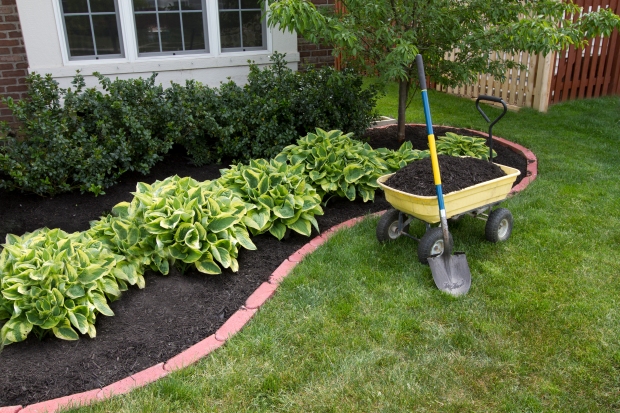
12. Plant frost-tolerant flowering annuals
Even though the nighttime temperatures may still drop into the 30s and 40s — or higher depending on where you live — this is the perfect time to plant annuals that can handle a touch of frost. Pansies, geraniums, and petunias all tolerate cold temps.

13. Plant cool-season vegetables
Vegetables classified as cool-season types grow best when the temperatures are cooler in the spring and late fall. Once the ground is thawed, you can plant peas, radishes, onions, carrots, cauliflower, broccoli, kale, and some lettuce types.
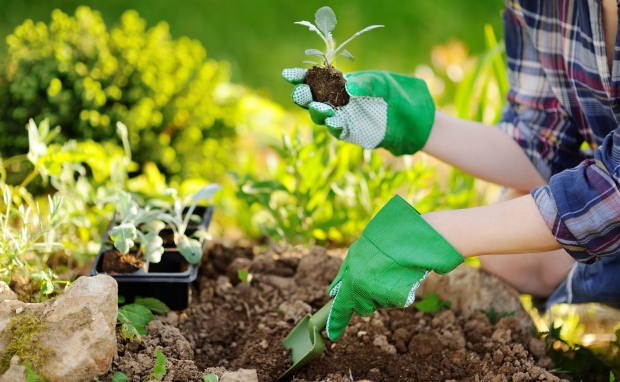
14. Plant new trees and shrubs
Early spring is the best time to plant most trees and shrubs. Getting them in the ground at the beginning of the season gives them months to establish roots, making them less susceptible to winter damage when temperatures drop in November and December.

15. Apply pre-emergent
If you aren’t planning on direct sowing seeds in the garden, you can apply a pre-emergent herbicide to keep weeds at bay. This herbicide interferes with growth processes so seeds can complete the germination process.
Conclusion
Spring is the perfect time to get outside for a couple of weekends and get a jump start on your gardening. Instead of waiting to do all the work when it’s time to plant, start by cleaning out your beds, pruning, turning on the sprinklers, and getting all of your supplies ready. It’s also the perfect time to plant new trees, frost-tolerant flowers, and cool-season veggies!


